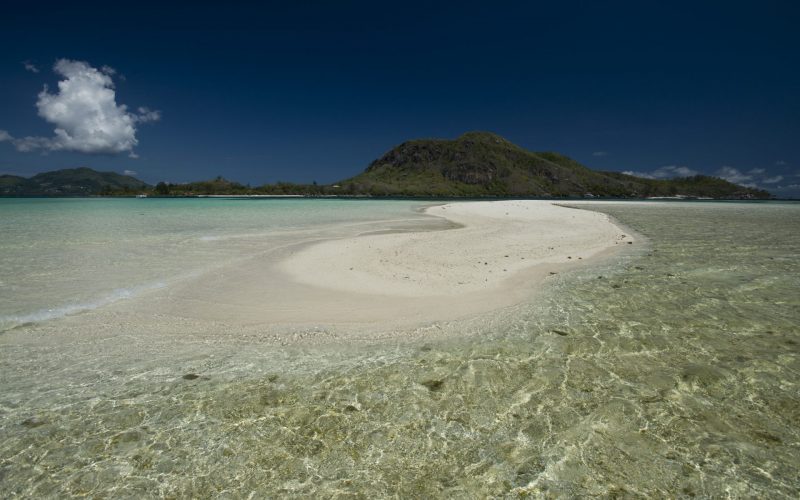While the new discoveries of natural gas and the associated foreign direct investment in infrastructure could trigger further growth in an already fast-growing economy, caution is also warranted. Windfall resource rents often generate incentives for elites to curtail political freedoms and abrogate their governance responsibilities. Rules governing natural gas extraction and processing should be rigorously designed well before large-scale production begins. This paper argues that Tanzania has accomplished this. The formal governance institutions appear to be in place. The challenge will be to develop the necessary technical capacity within the government and civil society, and the political will in the ruling coalition, to ensure that Tanzania’s gas endowment is in fact harnessed for inclusive growth.








